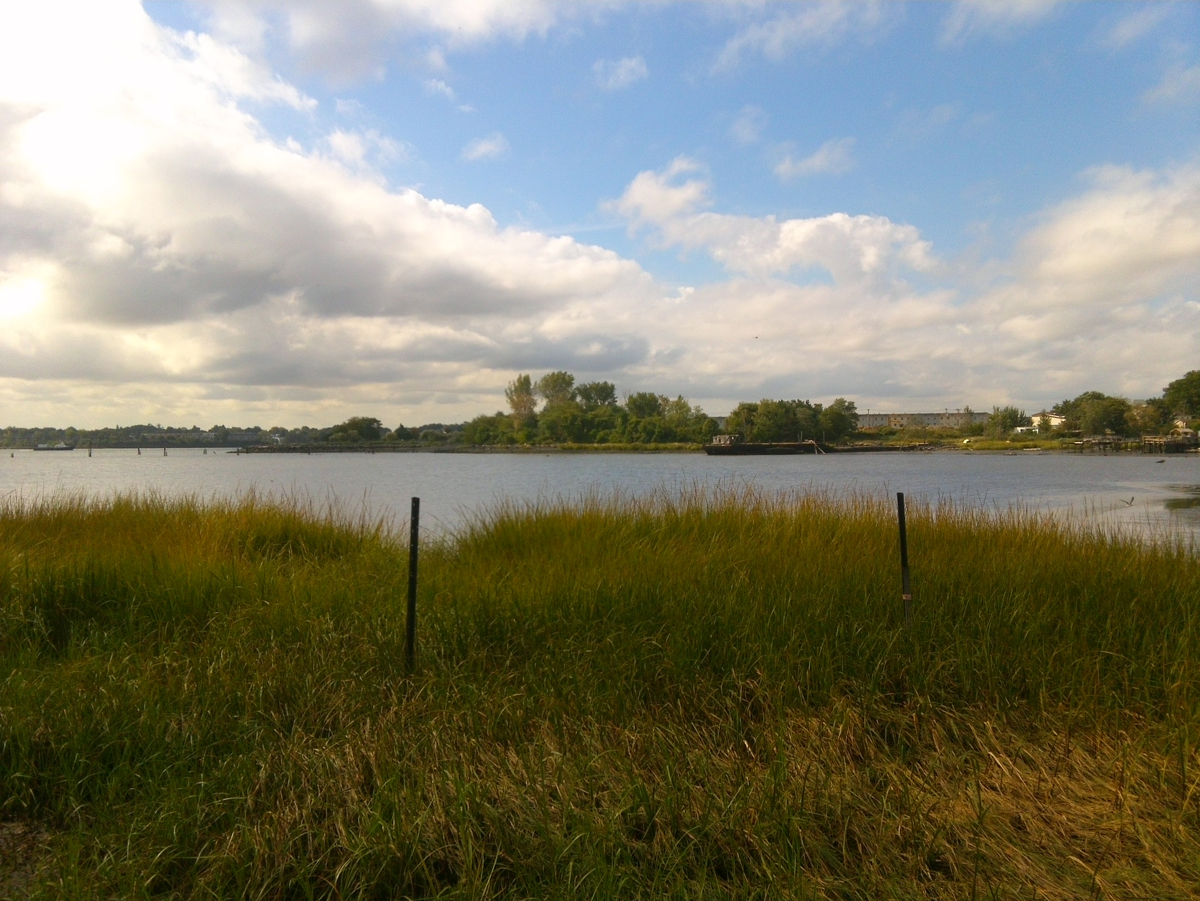
“In Dutch and English days, immense beds of oysters grew in the harbor. They bordered the shores of Brooklyn and Queens, and they encircled Manhattan, Staten Island, and the islands in the Upper Bay; to the Dutch, Ellis Island was Oyster Island and Bedloe’s Island was Great Oyster Island. One chain of beds extended from Sandy Hook straight across the harbor and up the Hudson to Ossining. The Dutch and the English were, as they still are, gluttonous oyster eaters. By the end of the eighteenth century, all but the deepest of the beds had been stripped. Oysters, until then among the cheapest of foods, gradually became expensive. In the eighteen-twenties, a group of Staten Island shipowners began to buy immature oysters by the schooner-load in other localities and bring them to New York and bed them in the harbor until they got their growth, when they were tonged up and shipped to the wholesale oyster market in Manhattan, to cities in the Middle West, and to London, where they were prized…”
– Joseph Mitchell, “The Bottom of the Harbor” (originally in the New Yorker, 1/6/51)
Oysters are part of the past and future New York City; Joseph Mitchell’s famous essay (excerpted above) speaks of the life of the harbor in the recent past, and the distant past. Oysters were a mainstay of the early Dutch settlers, and before them, of the Lenape, the original inhabitants of the five boroughs. By the time Mitchell wrote, in 1951, safe harvesting of harbor oysters was long since over, and New York’s role as a commercial and industrial port had superseded the local oyster beds.
In the early 21st century, heavy industry has waned, regulation has made the waterways much cleaner, sea life has returned and oyster reefs are now at the center of many ecosystem restoration initiatives in New York Harbor, including the Billion Oyster Project and the post-Sandy Rebuild by Design winning entry “Living Breakwaters,” which plans oyster reefs as storm surge breakwaters for Staten Island. Oyster reefs may return to the harbor in a new role as barrier protection from larger storms brought on by climate change.
In 2011 and 2012, City Atlas writer and biologist Katie Conrad worked as a restoration research assistant with the Natural Resources Group of the NYC Parks Department.
The photos below are a visual journal of her work on a Parks Department project to bring oysters to the East River. Oysters are habitat-creators; they can be seeded on piles of oyster shells, and as they build additional layers of shell, provide a sea-bottom habitat for fish and other marine life. Katie now works with the US Fish and Wildlife Service on similar marine restoration projects.
(All photos and captions by Katie Conrad, except for the last image in the series.)

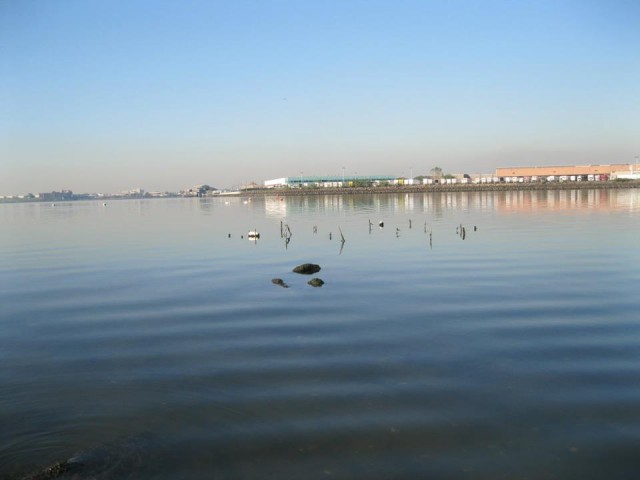

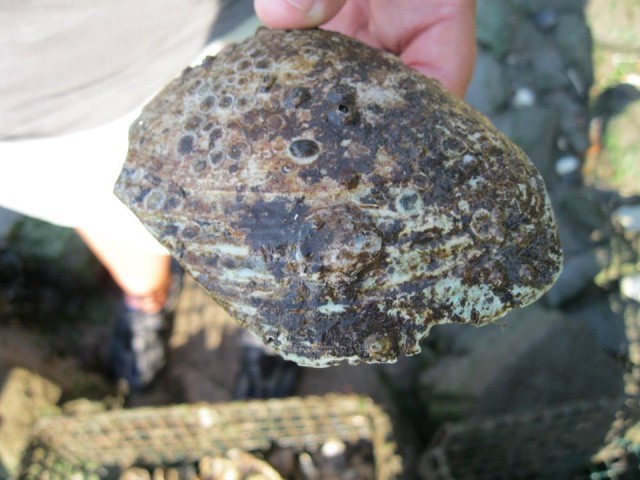
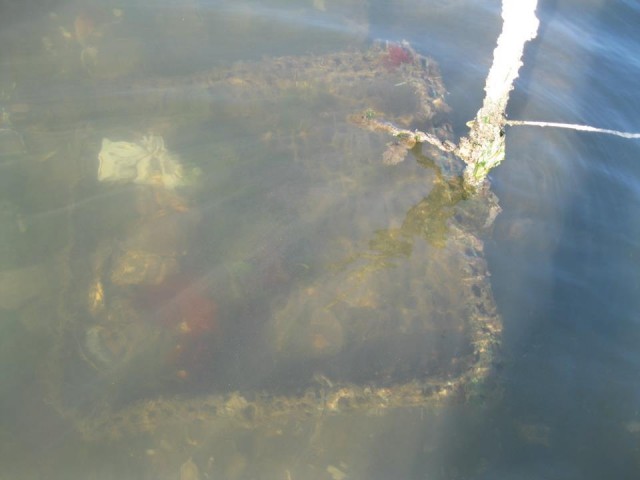
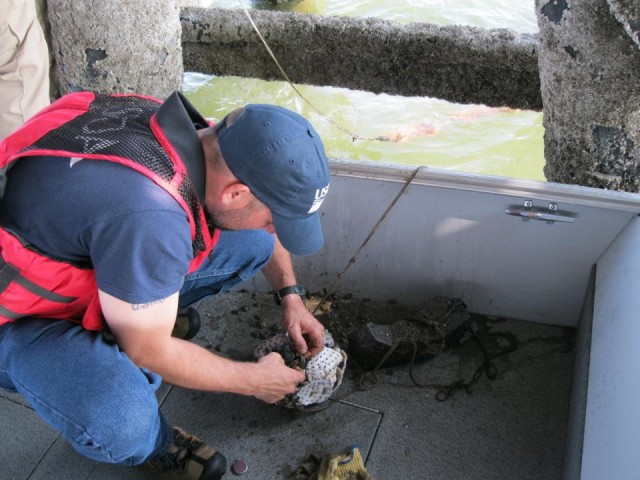
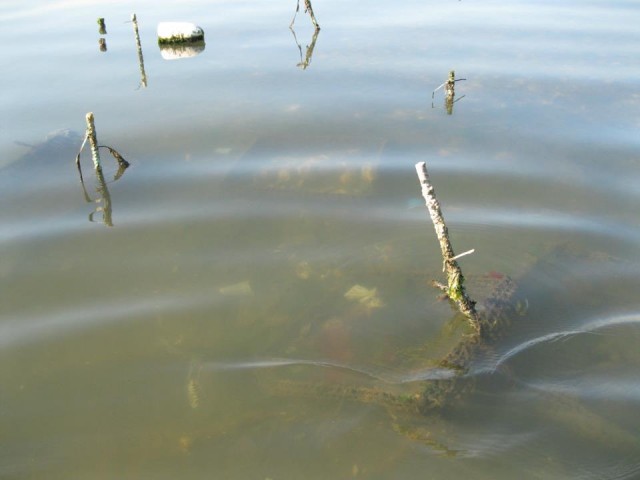
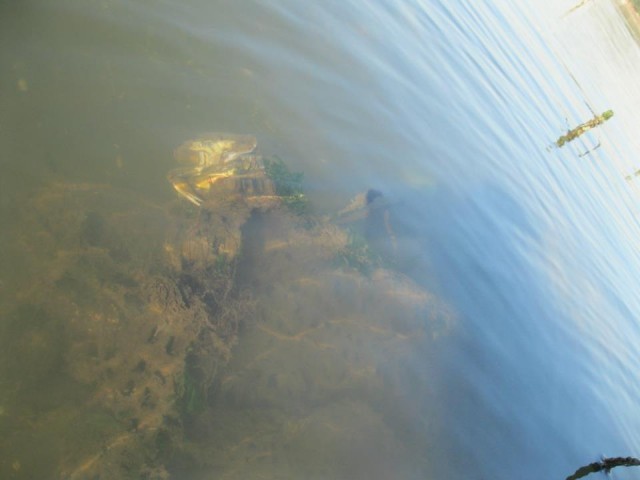
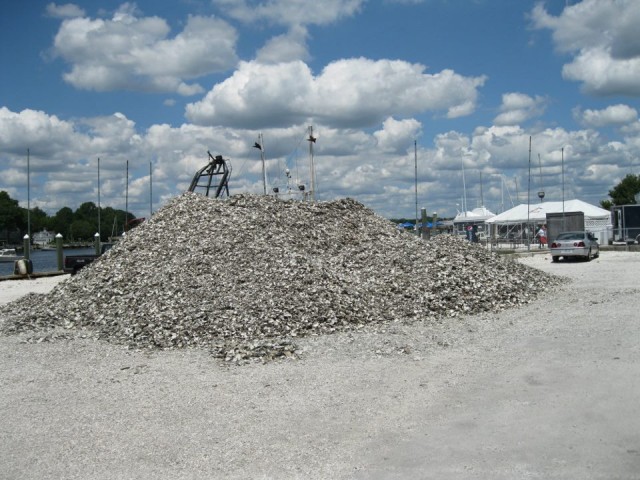
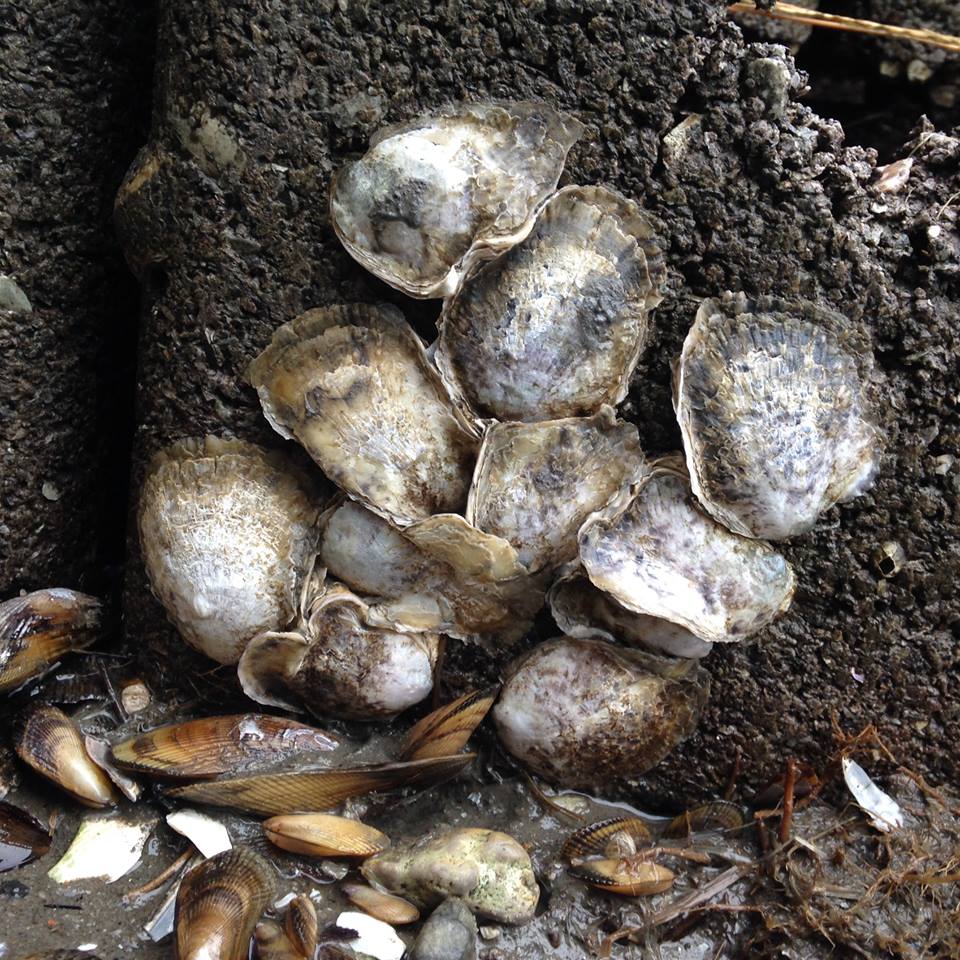
Read a deep dive about New York oyster restoration, from the standpoint of Brooklyn: via Bklynr
And lastly, here’s an oyster gardening manual from the Billion Oyster Project that explains many of the steps shown in Katie Conrad’s photos above: